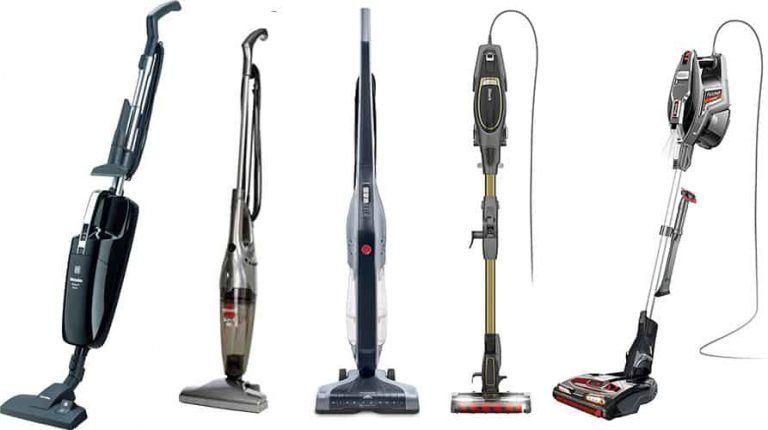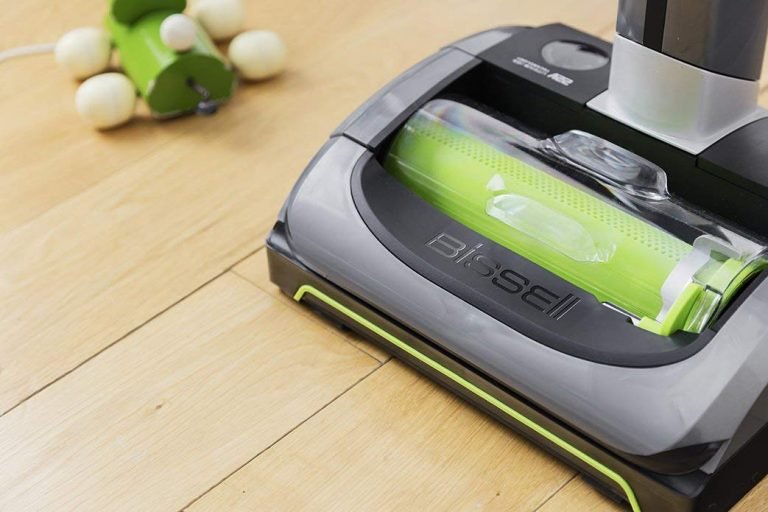How Often Should You Vacuum?


The flooring of all kinds collects dirt and dust which can reduce their beauty. More importantly, going longer than a week without cleaning up those dust and dirt can lead to health issues, aggravating allergies while bacteria tracked in by shoes and spilled foods and drinks can cause serious illnesses and infections such as dysentery and pneumonia. Read Here: 10 Vacuum Cleaning Tips for Your Floors
Thus, vacuuming should be your first line of defense. However, while some folks like to vacuum, some dread taking the cleaner out of storage. If you’re like most folks, you might be wondering:
How often should you vacuum?
Vacuum Carpets and Rugs Frequently
In general, it is advised to vacuum your rugs and carpets frequently. This is because carpet fibers trap dirt and dust as well as absorbing spills and grime, making it a nice habitat for bacteria. And the longer you neglect a soiled carpet and continue using and walking on it, the dirtier it becomes.
But, what does frequently mean?
Well, this depends on the kind of carpet or rug you have and the traffic that it gets. According to experts, you need to vacuum carpets in high traffic areas daily and the entire area at least two times a week.
Meanwhile, for carpeted rooms with light traffic, vacuuming carpets can be done at least twice a week. Now, for carpeted rooms that are seldom used, a bi-weekly vacuuming routine should be enough.
However, you do not just give it a quick pass. Make sure to run several passes in various directions over an area that brings up the dirt from the bottom, lifting the pile and prevent matting. Read Here: Best Runner Rugs – [Buying Guide]
Vacuum Hard Floors and Tiles Weekly
Unless you are tracking in a lot of sand and dirt, have pets or live in a dusty area, you will only need to vacuum your hard floors and tiled floors once a week. Tile and hard floors do not hold on to dirt, dust, and debris as much as a carpeted floor does.
This is thanks to their flat and hard construction along with the glaze applied to tile and sealant on hardwood floors in order to prevent quick bacteria and grime buildup. Take note, however, that dander, dust and other allergens can work their way into cracks between floorboards so you do not want to skip the vacuuming for later unless it is a room you rarely use.
Vacuum Daily If You Have Pets
For households with pets, then you need to vacuum every day! Pets tend to shed and some drop fleas, which can cause or worsen disease and allergies. Not to mention what they can bring in on their cute paws.
So, regardless of what kind of floor you have, if you have cats, dogs or any other furry family member running loose in your home, then you should vacuum daily. Now, if you do not have the time to vacuum daily, then focus more on the furniture and rooms where your pets like to spend most of their time.
Read More:
- Master The Art Of How To Vacuum Mattresses And Pillows
- Master How To Vacuum Stairs Efficiently: Quick, Handy Guide!
- Can Robot Vacuums Be Hacked? Discover The Facts!
- Why Is My Robot Vacuum Beeping? Find Out Here!
- Easy Guide On How To Clean And Replace Vacuum Filters
Vacuuming 101: How To Vacuum Properly
1) The Right Vacuum For The Job
First, you need to make sure that you are using the right vacuum for your flooring type. Generally speaking, canister vacuums are suitable for hard floors and tiles since they siphon dust and dirt without scattering it around. Meanwhile, upright vacuums are suitable for soiled carpets since they are usually equipped with beater bars that help lift debris trapped inside rugs and carpet.
Now, if your vacuum has various modes for different types of floor, make sure to switch to the mode that is specifically designed for the floor you’re cleaning before vacuuming in order to avoid damages. If your vacuum has a beater bar, make sure to disable it before vacuuming tile floors or hardwood since the brush bristles can scratch such surfaces.
If you have a vacuum with an adjustable-height head, then make sure to set the height according to the manufacturer’s instruction for your flooring type, ensuring that the suction is appropriate for your flooring.
In addition, consider investing in a HEPA vacuum since it helps catch more bacteria, allergens, and dust than the traditional vacuum filters.
2) Dusting First
Before you vacuum, it is always a smart move to dust everything first— blinds, ceiling fans, baseboards, and any higher objects.
It should stir up any dirt and dust that settled on higher surfaces and end up on the ground where you can vacuum it more efficiently.
3) Remove Furniture and Small Objects
Toy parts, screws, and other small objects can cause damage to your vacuum. Thus, you will need to handpick such objects before vacuuming the floors. In addition, if you want to, you can also move the furniture out of the room in order to properly vacuum those hard to reach areas. Or you can use the accessories that come with the vacuum to clear these spots.
4) Slow and Repetitive
When it is time to vacuum, make sure to do it slowly. In order to pull out dust and dirt on the floor, you need to pass the vacuum several times in the same area. Move it in one direction, pulling it back a couple of times.
After doing end-to-end, repeat the process in the opposite direction in order to help pull up dirt and dust more effectively. Do this, especially in high-traffic areas where dirt, dust, and debris accumulate faster.
5) Clean The Vacuum
Always remember to replace or empty bags on a regular basis. If you’re using a bagless vacuum, then make sure to empty the canister and cleaning off the filter after every use.
Neglecting to do so will reduce air pressure in the vacuum making it less efficient and useful.
Conclusion
By following a strict vacuuming schedule as well as the above tips your house will always be clean and sparkly. Not only that, it should help ensure that you and your family won’t suffer any health issues caused by the accumulation of dirt and dust in your home.






